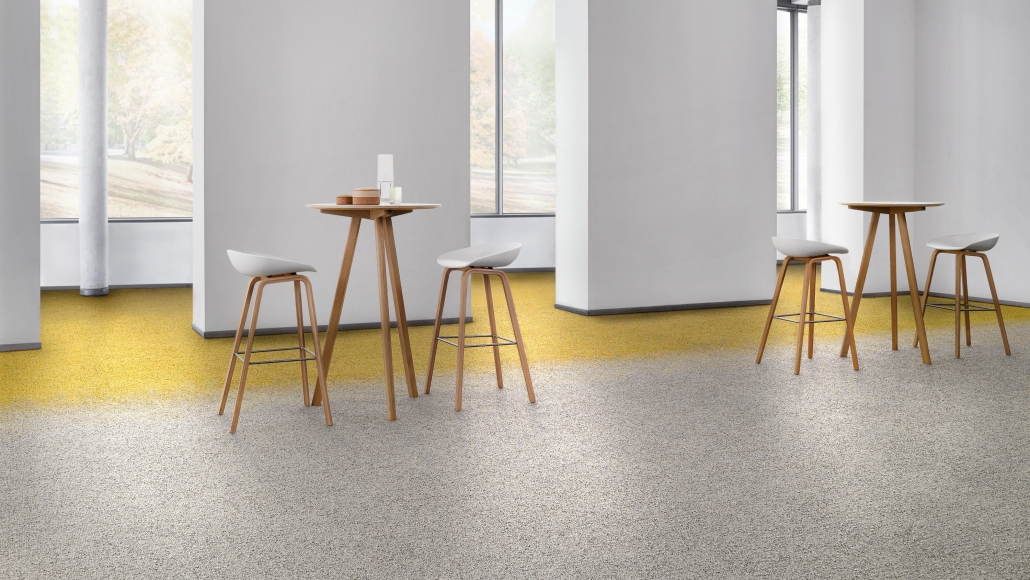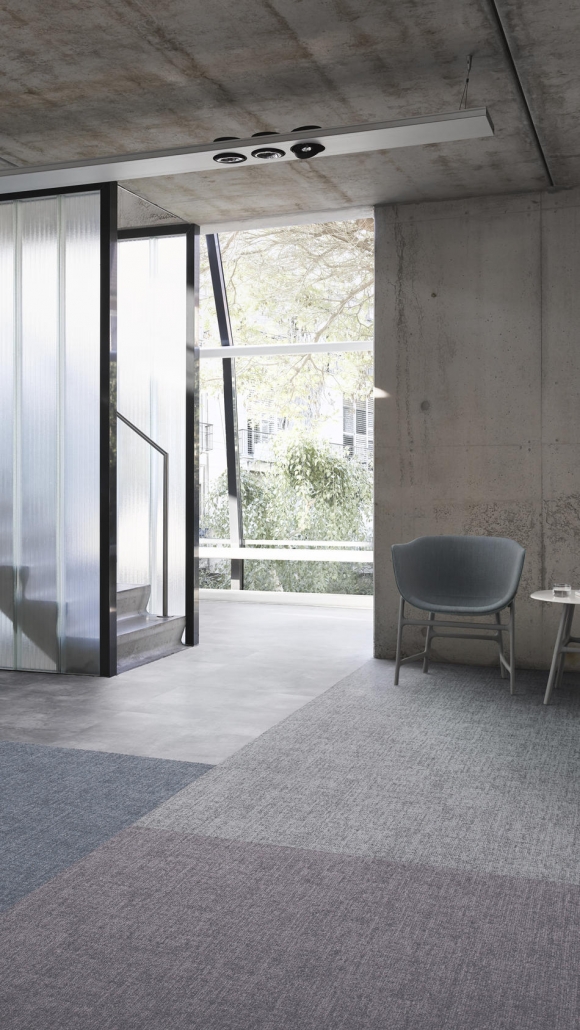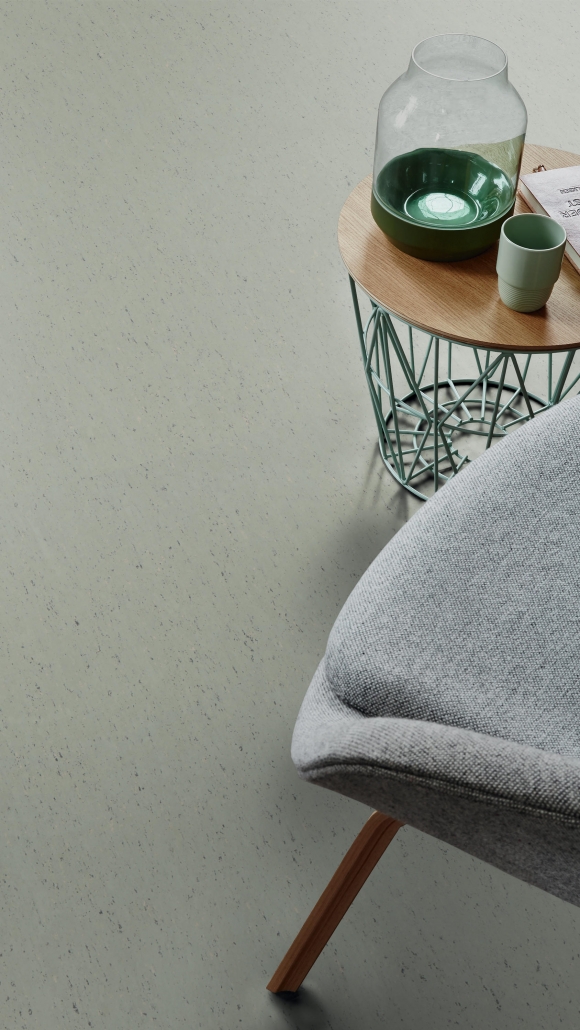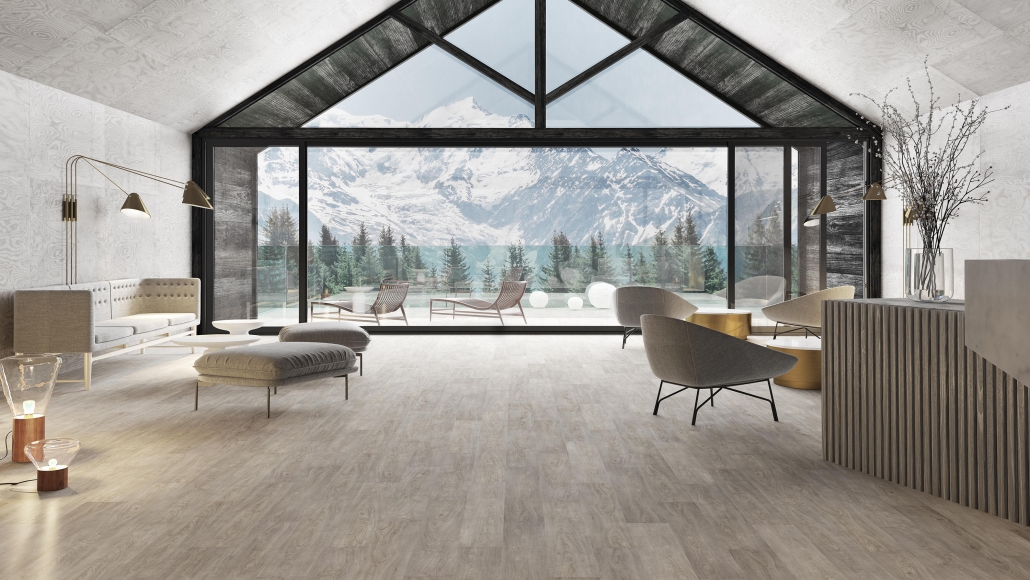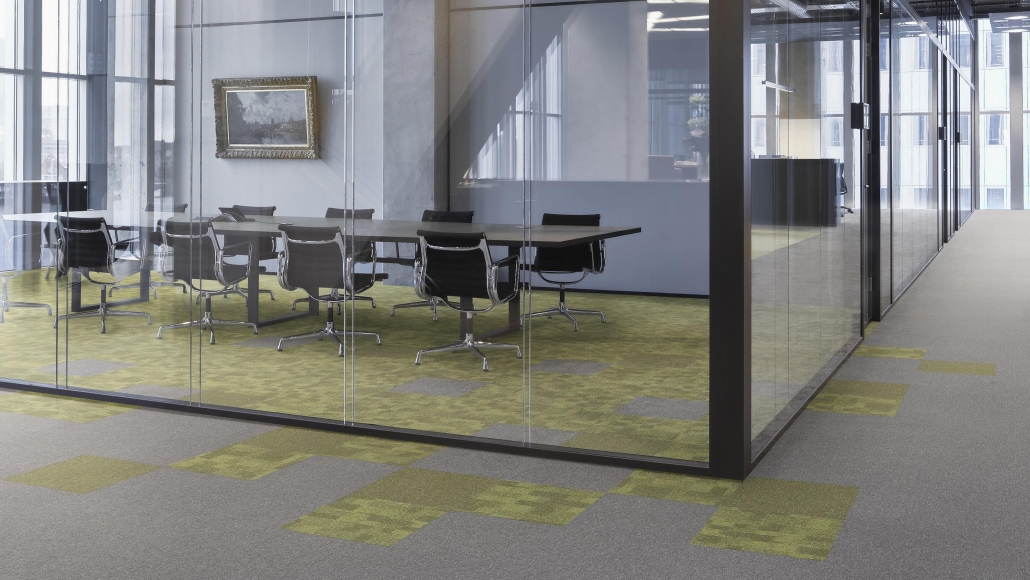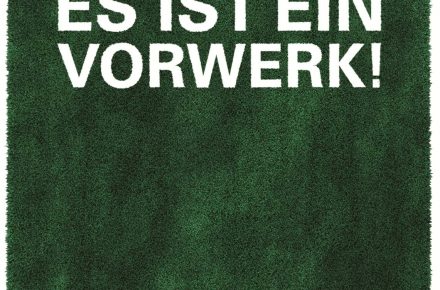Interview with Tarkett | In our interview serie we ask designer and manufacturer to answer the same 6 questions about their company, their idea about design and sustainability and what is important for them.
Following the answers from Tarkett Marketing.
About Tarkett
With a history stretching back 135 years, Tarkett is a worldwide leader in innovative flooring and sports surface solutions. Offering a wide range of products including vinyl, linoleum, rubber, carpet, wood, artificial turf and athletics tracks, the Group serves customers in over 100 countries across the globe.
What is sustainable about your products?
At Tarkett, we see recycling as an important approach to the design, manufacture and return of products. This means that as a manufacturer, we place great value on healthy ingredients in our floor coverings, but also on disassemblability and high-quality reuse after use. The sensible use of resources and the minimisation of environmental impact are clearly among our goals, which we focus on throughout the entire life cycle of our floor coverings.
The transition to a circular economy is driving us to focus more on materials that are recycled and good for people’s health at the same time. In addition, resource-conserving production is important to us. Currently, 68% of Tarkett production sites are equipped with closed water circuits or do not use any water at all in their manufacturing processes (as of June 2019).
98% of the raw materials – i.e. more than 3,000 ingredients – have already been evaluated by independent third parties according to the criteria of Cradle to Cradle®. They are analyzed with regard to their effects on the environment and human health according to comprehensive criteria and optimized step by step.
Many of Tarkett’s floor coverings are also convincing because of their extremely low TVOC emissions, which fall 10 to 100 times below the strictest standards. They thus contribute to rooms with healthy indoor air.
We support reuse through our ReStart take-back programme and contribute to the protection of natural resources and the environment. Waste and secondary materials are incorporated into high-quality new products.
Inspired by the Cradle to Cradle principles, we are continually expanding our certified portfolio. Many of our floor coverings already have C2C certification, such as the iQ One (C2C Gold) and iD Revolution (C2C Gold) collections, over 95% of our DESSO carpet tiles and all linoleum floor and wall coverings. A large part of our wooden floors have also been awarded Cradle to Cradle Silver.
Which are the 3 most suitable adjectives to describe this and why?
Sustainable in the sense of C2C
Functional with focus on the respective use
Versatile due to a wide range of materials and designs
What is the secret to your success?
Tarkett has been producing floor coverings for more than 130 years and would like to continue this passionately in the future. Not only because we use our experience to create versatile products and offer real variety to the market with our broad portfolio of floor coverings, but also because the floor on which we move is important to us. Our environment cannot be remediated, which is why we have to protect it and see a strong responsibility, especially for the construction industry, which we want to face together.
What is it you like about InteriorPark.?
As a platform, especially for sustainable interior design, InteriorPark. starts with a topic that has become a matter of the heart in our company. It is becoming increasingly clear how important this is in architecture in particular. It is all about preserving numerous valuable resources, material quality and long-term health in buildings and cities.
What is good design?
The founders of the C2C concept propose to build “buildings like trees and cities like forests”. Good design should be useful in many ways and contribute to good light, fresh air, beauty and well-being.
What are the greatest challenges for design in future?
The greatest challenge will be to react flexibly to ever faster changes. Rooms are increasingly perceived and interpreted differently. Shopdesign is intended to create shopping experiences, offices to create modern working environments and the spatial interpretation of hospitals and schools is also changing. The ongoing digitalisation will also fundamentally change the way we work today. Especially in projects in which (interior) architects play a leading role, we increasingly feel that individualised custom-made products and relocations are being used. Our in-house team of designers is the basis of Tarkett’s product diversity for today and tomorrow.
More interviews
- It’s not the size of the boat, it’s the motion of the ocean. – Interview with Maasberg
- Good design is always innovative! – Interview with Windmoeller wineo
- 98 % natural raw materials – Interview with Forbo Flooring
- Without the need for carnival barking cheap showmanship – Interview with BarkCloth
- Nature meet Functionality – Interview with Troldtekt
- The “Four-Point Guide to Good Grip” – Interview mit FSB
- Retaining honest integrity – Interview with David Trubridge
- Good design follows 5 principles – Interview with Dornbracht

